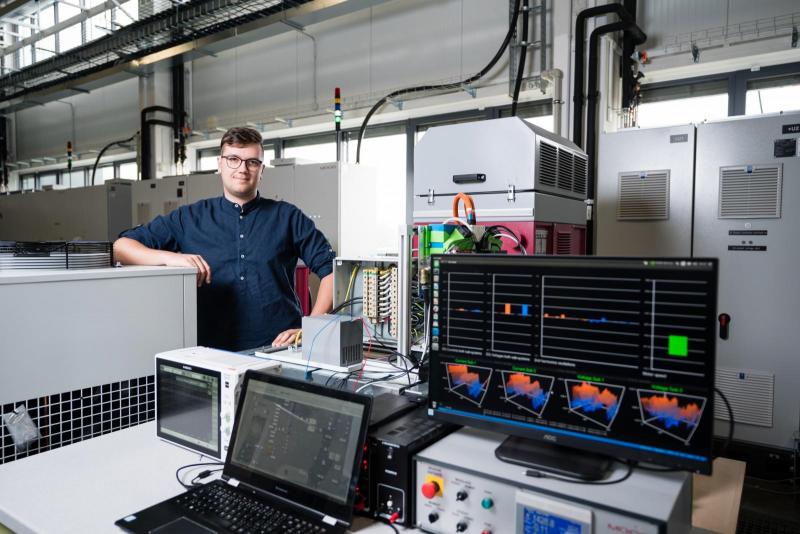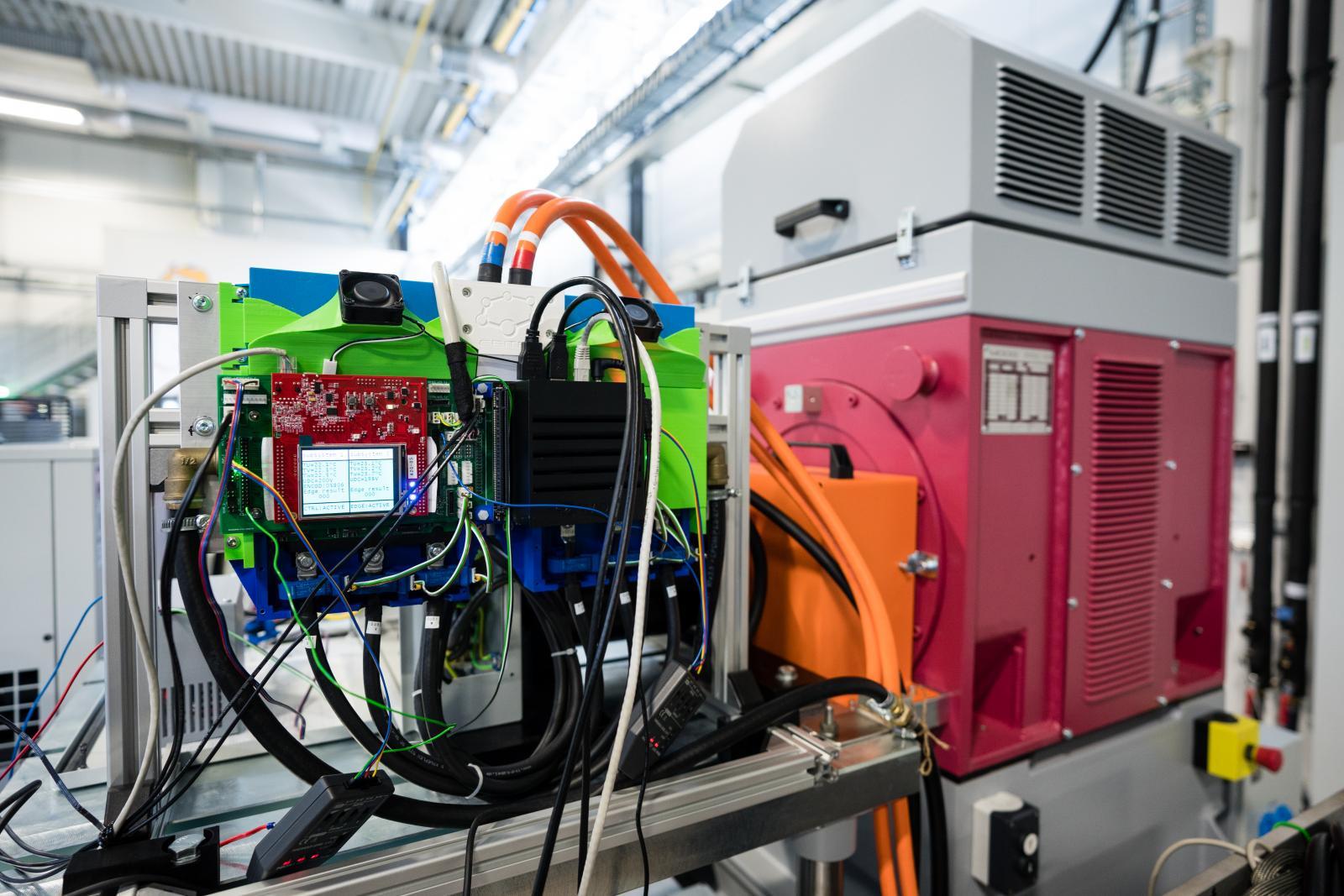People
Motor failures in electric vehicles can be detected by mathematical algorithms from the BUT

Finding an electric motor fault is not always easy. However, new mathematical algorithms with parametric estimation can be used for its effective diagnosis. Lukáš Zezula, a doctoral student from the FEEC (Faculty of Electrical Engineering and Communication) BUT (Brno University of Technology) and a researcher at CEITEC (Central European Institute of Technology) BUT, who received a scholarship Brno Ph.D. Talent for his research, has been involved in the development for several years. Its algorithms can detect not only the presence of a fault, but also its location and severity. They are also used for subsequent compensation of faults – so that the electric vehicle remains operational even with a damaged engine.
Several scenarios can occur when the motor in an electric car fails. In the worst of these, a high current is generated during a short circuit, which can lead to the electric motor catching fire. To avoid this, fault detection algorithms are implemented in the motor controllers to ensure that the fault is detected and the motor is switched to a safe state. This can result in the vehicle stopping – which is not safe when driving on the motorway or in a tunnel.
Electric motors should therefore remain operational even in the event of a fault. This can be achieved by redundancy drives using diagnostic algorithms with subsequent fault compensation. The engine management system can deal with the fault and the driver can drive to the workshop. Lukáš Zezula, a researcher at CEITEC BUT and a doctoral student at FEEC BUT, is working on this scenario. It focuses on diagnostics using parameter estimation of discrete-time models that describe both a healthy engine and a faulty engine. He is still rather unique among experts who are working on this topic.
“The vast majority of parametric estimation algorithms rely on discrete-time models. There is a quantum of publications on fault modelling of electric drives. Basically every electric motor conference has someone dedicated to this. Discrete models, however, are related to solving a system of nonlinear differential equations describing a motor in a continuous domain, a topic more familiar to mathematicians than to engineers specializing in electric drives,” explains Zezula.

In parametric estimation, some otherwise unknown properties are determined based on the known characteristics of the system and its mathematical model.
“It's like guessing the weight of an apple from its size. While the exact weight of the apple is not known, we do know that the bigger the apple gets, the higher its weight will be – a de facto mathematical model. If we then see two apples of different sizes in front of us, we can at least say with certainty which one will be heavier. In the event of an electric motor failure, the model and the measured voltages and currents can be used to estimate, for example, how many turns on the stator winding are short-circuited. However, for this to work, it is first necessary to create a sufficiently accurate model and to match it with a suitable algorithm for parametric estimation,” Zezula explains the principle of his calculations.
It was the complexity of the whole issue that attracted the doctoral student. The advantage of the proposed algorithms is relatively low computational complexity and high reliability. The disadvantage is the lengthy development process.
“It doesn't always go smoothly. I sit in my office for many hours and calculate something that usually cannot even be calculated because there is no analytical solution to the problem. Then I start simplifying the equations – once, twice, three times. It's an iterative process where I keep failing before I get to a workable solution. When it turns out that some of the algorithms actually work on an experimental engine in the laboratory, I'm almost surprised,” says Zezula.
So far, Zezula has designed diagnostic algorithms for short circuits in one of the phase windings of an electric motor. However, he would like to continue to focus his research on developing algorithms for other types of faults. “I am now studying short circuits between turns on one winding, but this can be extended to short circuits between phases. I'm also thinking about how to combine this narrowly specialized subject matter with other approaches to increase the reliability and timeliness of diagnosis,” he concludes.
(mar)
Awarded student Hana Kopřivová aims to come up with a new system for diagnosing tumors
Petr Viewegh’s Microcosm and Macrocosm
Scanning zebrafish for microplastics: Micro-CT as a non-destructive way to image microplastics in biological samples
Researchers are discovering the hidden possibilities of industry and setting a new direction in biology. In the brand new CT laboratory
Bismuth as a cheaper alternative to gold